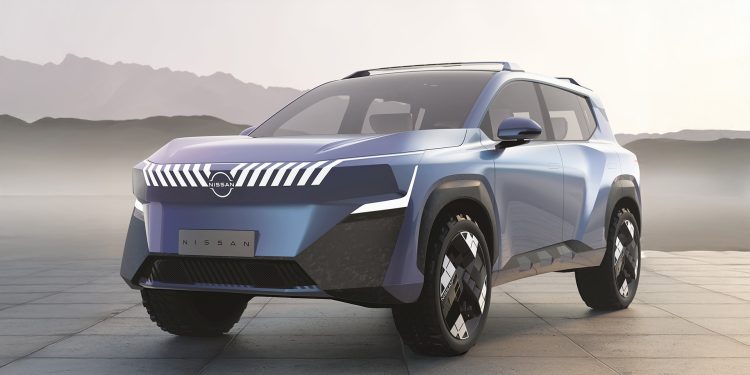Nissan upgrades Qashqai e-Power hybrid
Words NZ Autocar | Images NetCarShow
The next Qashqai was going to be electric but Nissan is rethinking that decision in light of what is happening to EV uptake globally. Instead it has upgraded its e-Power system for improved fuel efficiency and operating smoothness. Expect next-gen Qashqai to have a mix of Nissan Epic and Nissan Era concept styling inspiration.
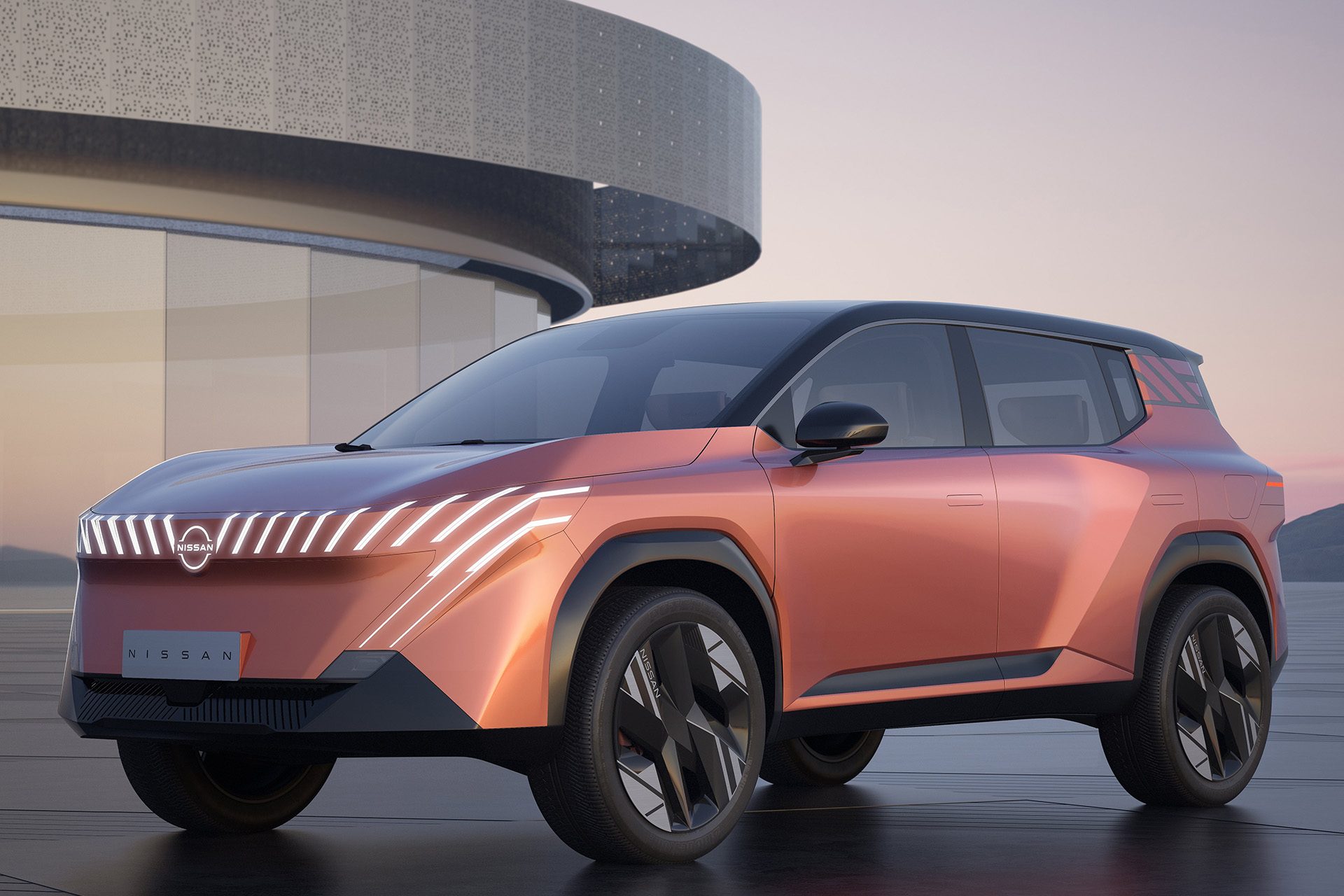
Nissan is upgrading its Sunderland plant ahead of new Leaf and Juke production. Leaf, reborn as an electric crossover, is due to arrive later this year, and new Juke soon after in 2026.
However, the next-generation Qashqai EV is delayed, due to uncertainty over EV uptake and regulations. Given how important the family crossover is for Nissan’s future, it’s a safe, sensible move.
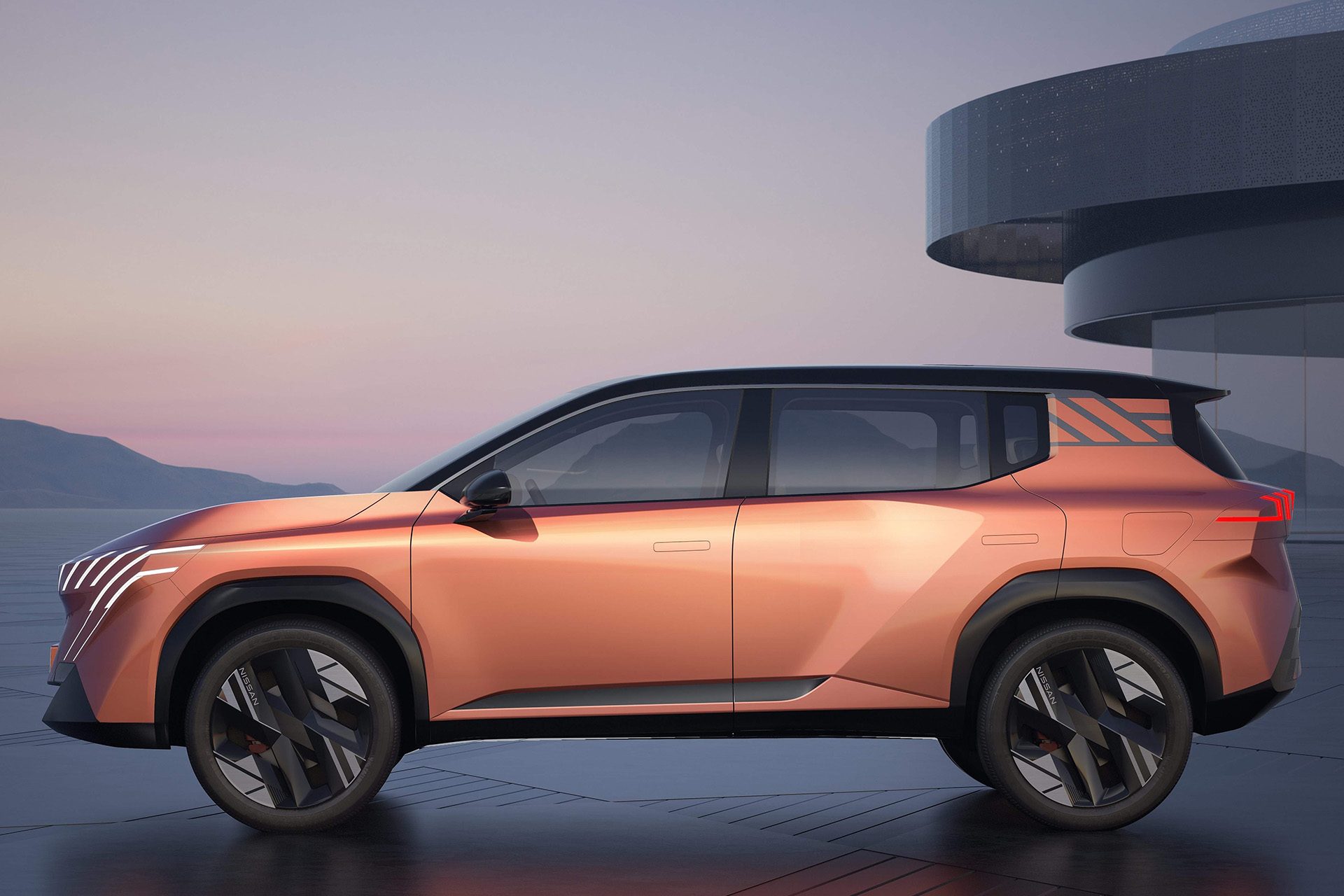
Nissan is instead investing in further developing its hybrid technology to keep Qashqai competitive with its myriad rivals.
Of particular focus is work to upgrade the Qashqai’s hybrid powertrain.
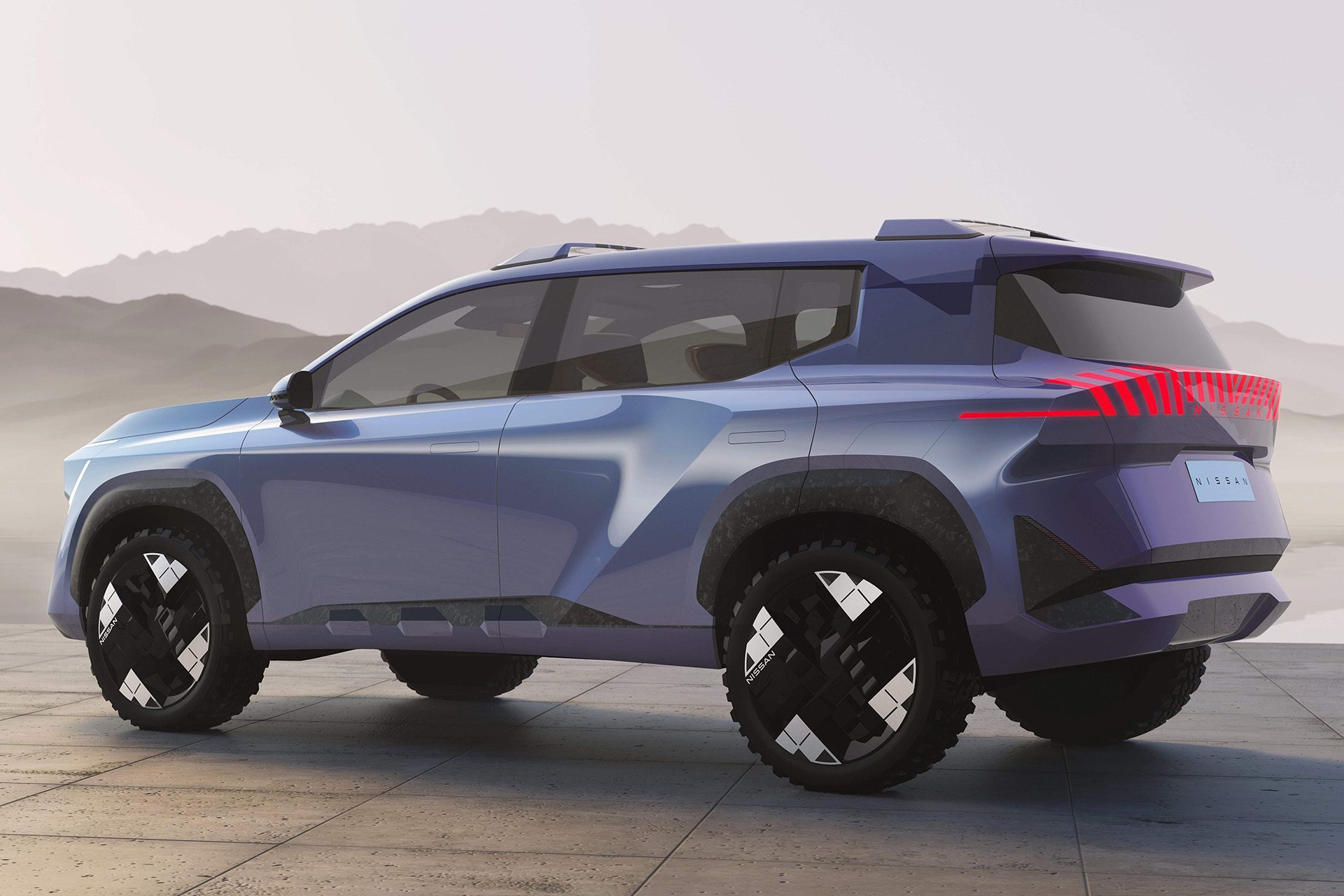
The e-Power hybrid is somewhat different to traditional parallel full hybrid systems. They feature a combustion engine and an electric motor that both send power directly to the driven wheels, depending on need.
Nissan’s e-Power system uses the electric motor alone to drive the wheels. Its 1.5-litre four-cylinder petrol engine essentially acts as a generator. It recharges the 1.8kWh battery on the go and can also power the motor.
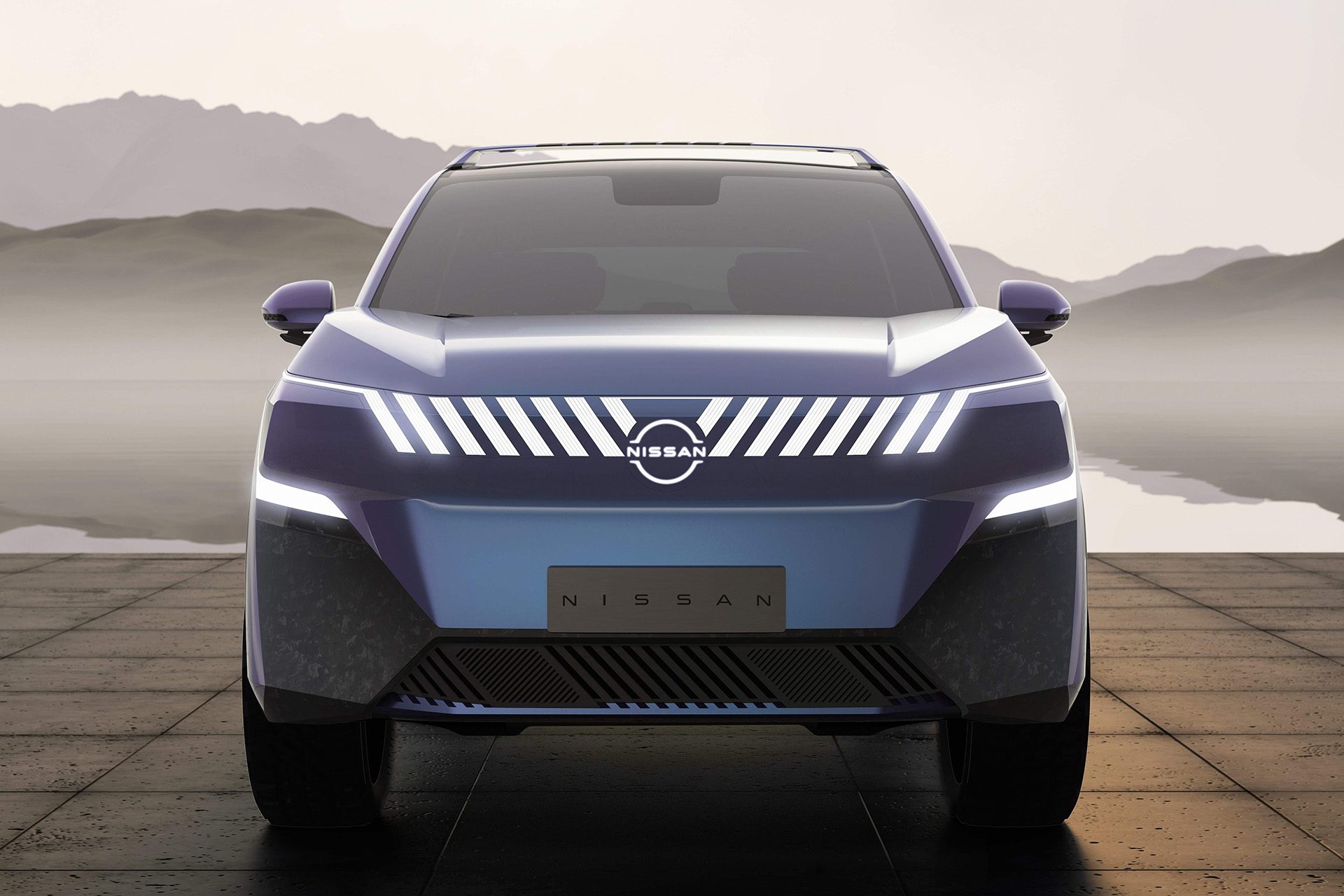
The system is derived from a Leaf powertrain rather than an electrified ICE powertrain. Engineers say it is more like an EV to drive as a result.
The latest third-generation e-Power unit draws even more from Leaf and Ariya technology.
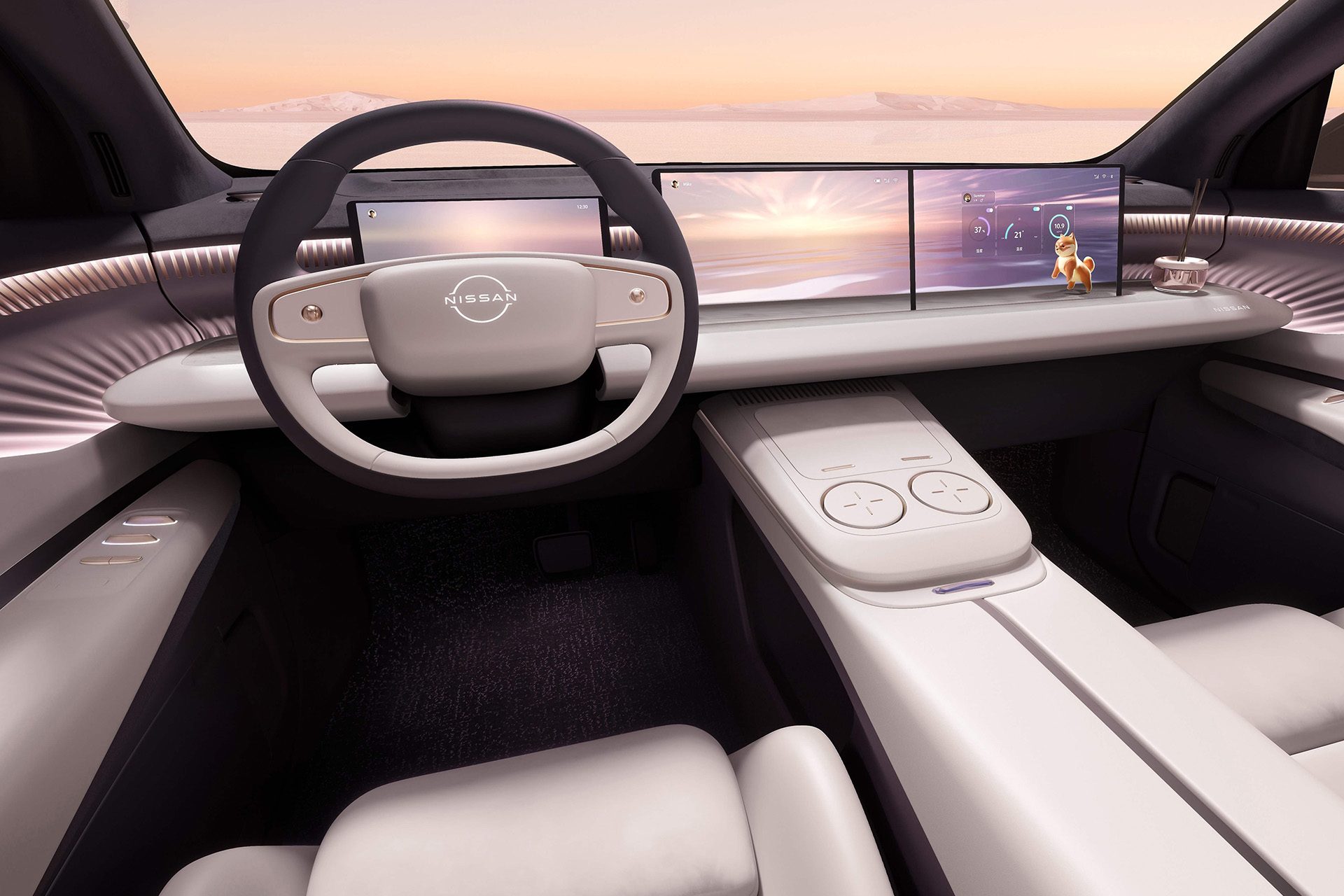
Its engine is said to be new but it is still a 1.5-litre three-pot turbopetrol. Evidently the mapping has been changed to optimise its function as a generator.
Fuel efficiency improves by making the engine run at lower revs, and at a speed that most efficiently allows it to generate energy. This evidently lowers NVH as well.

The motor is also updated, and is a new ‘five-in-one unit’. So the motor, generator, inverter, increaser and reverter are all unified in one compact housing. That aids efficiency by making the system more unified and responsive.
Output rises from 140 to 150kW, with torque remaining unchanged at 330Nm. Nissan claims a fifteen per cent improvement in fuel efficiency and a significant reduction in cabin noise (up to 5.6dB). That’s evidently discernible on the go, the car running quieter, the engine smoother.
The key will be whether the suggested fuel economy improvement (4.7L/100km compared with 5.8 currently) comes to pass in real world driving.


